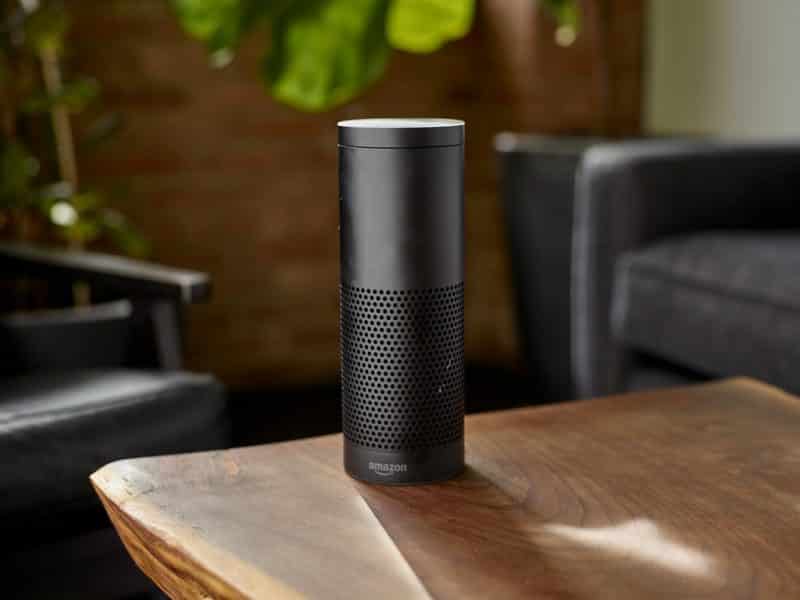Estimated reading time: 5 minutes
For years, developers have been trying to create virtual assistants that can execute a range of tasks. In fact, the first ever tool that was enabled to perform digital speech recognition was the IBM Shoebox, which was presented to the public at the 1962 Seattle World Fair. It was reportedly able to comprehend 16 spoken words and the numbers 0-9. Voice recognition technology underwent extensive developments for decades with things like the IBM Simon smartphone in 1994. Advancements progressed much more rapidly in the 21st century, and Siri was introduced on Apple’s iPhone 4S in 2011. Since then, Amazon’s Alexa and Google Assistant have pushed the boundaries of virtual assistants even further.
Now, researchers at MIT’s Media Lab have announced the creation of a new device, a headset called the AlterEgo, which can listen to your thoughts – or, to be precise, “your internal voice”. The revolutionary technology has the potential to introduce a new wave of virtual assistants.
What is the AlterEgo?
The AlterEgo is a futuristic device that straps around the user’s ear and has the ability to hear their internal voice. It can also communicate with the wearer through a bone-conduction system, “speaking” to the wearer without any sound. The device was created by a research team at MIT led by Arnav Kapur, who referred to it as an “intelligence-augmentation” system. Kapur said that the team’s idea was to have a “computing platform that’s more internal, that melds human and machine in some ways and that feels like an internal extension of our own cognition.”
The AlterEgo incorporates four electrodes that make contact with the skin and pick up the subtle neuromuscular movements which occur whenever someone vocalises something internally. The AI then matches the signals to words and feeds them to a computer. The device can also silently respond to the user through the bone conduction system, which speaks directly to the ear. Some prime examples of how the software could be used include adding up a total while shopping, and noting down important dates in a calendar while still holding a conversation with someone. How many times have you thought, “I must remember to do this” while chatting but then forgot moments later? Now the AlterEgo will hear that thought and note it down for you, so it never gets forgotten.
Microsoft president Brad Smith and EVP of AI and Research Harry Shum recently predicted in their book, The Future Computed, which was published by Microsoft, that virtual assistants would be running our lives in twenty years. They even went as far as to say that AI intelligence could become like “alter egos.” This prediction seems quite appropriate now after the production of MIT’s AlterEgo device.
Can the new Tech Usurp the likes of Google and Amazon?
Despite the fact that Apple’s Siri is the most well-known virtual assistant in the new millennium with a bang, the technology has been outdone in recent years by Amazon Alexa and Google Assistant. In fact, in 2017 Alexa had a 62 percent market share of the worldwide digital assistant market, while Google had 25 percent.
Alexa was first introduced to the market in November of 2014, and debuted in the Amazon Echo device. By the end of 2017, Amazon founder Jeff Bezos stated that over 20 million Alexa devices had been sold up to that point. The man, who according to Betway Casino, went from being a millionaire to a billionaire in two years between the age of 33 and 35, also became the world’s richest man in 2017. In fact, in March of that year, Forbes listed his net worth as $112 billion. This doubtlessly is in part thanks to state-of-the-art tech projects like Alexa, as Amazon’s share price increased by more than 2.5 percent due to the success of the device.
Google Assistant came about more recently than Alexa, and was first rolled out in May of 2016. It was initially exclusive for the Pixel and Pixel XL smartphones developed by Google but was made available for Android devices nearly a year later in February 2017. It does a lot of the same things as the Amazon product, but the software company, which is worth around $245 billion, recently announced that the Assistant will soon be able to gather visual information through the device’s camera. This would be an upgrade over Alexa’s capabilities.
Research has shown that the main uses of virtual assistants like these are to play music or radio (53 percent of users), receive weather forecasts (51 percent), receive search results (50 percent), and remind about personal appointments (43 percent). There is no denying that they have made life easier, but AlterEgo looks set to enhance the experience further and open up a world of new possibilities.
Could AlterEgo Help Siri Back into the Race?
The new device from the geniuses at MIT could push Siri even further down the pecking order of virtual assistants. After Amazon and Google pushed past Apple in the race to produce the number one assistant, the company has been desperately trying to recover. Recently, Apple poached AI chief John Giannandrea from Google in an effort to get back up to the top. But it may be even wiser now for the hugely successful tech company founded by Steve Jobs to look to the creators of AlterEgo, and work alongside them to push towards a more advanced form of AI. Now that the technology exists to listen to thoughts, it is almost certainly going to be used moving forward.
The AlterEgo doesn’t only have the potential to revolutionize virtual assistants. The innovative technology could also have many other useful applications. One day, it could be used as a method of interrogation, or a way to help with brain disorders. We have come a long way since the start of the internet, and this is a seriously exciting development to pave the way for things to come.
Share this content:
